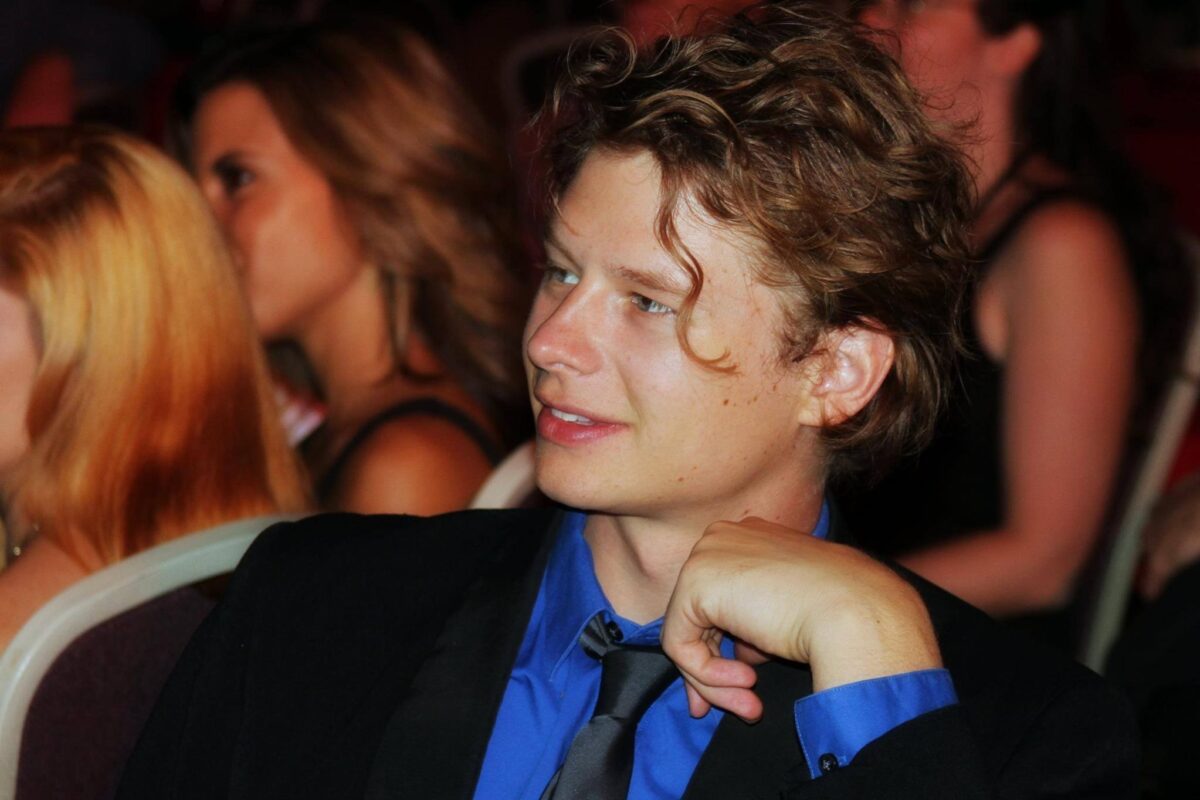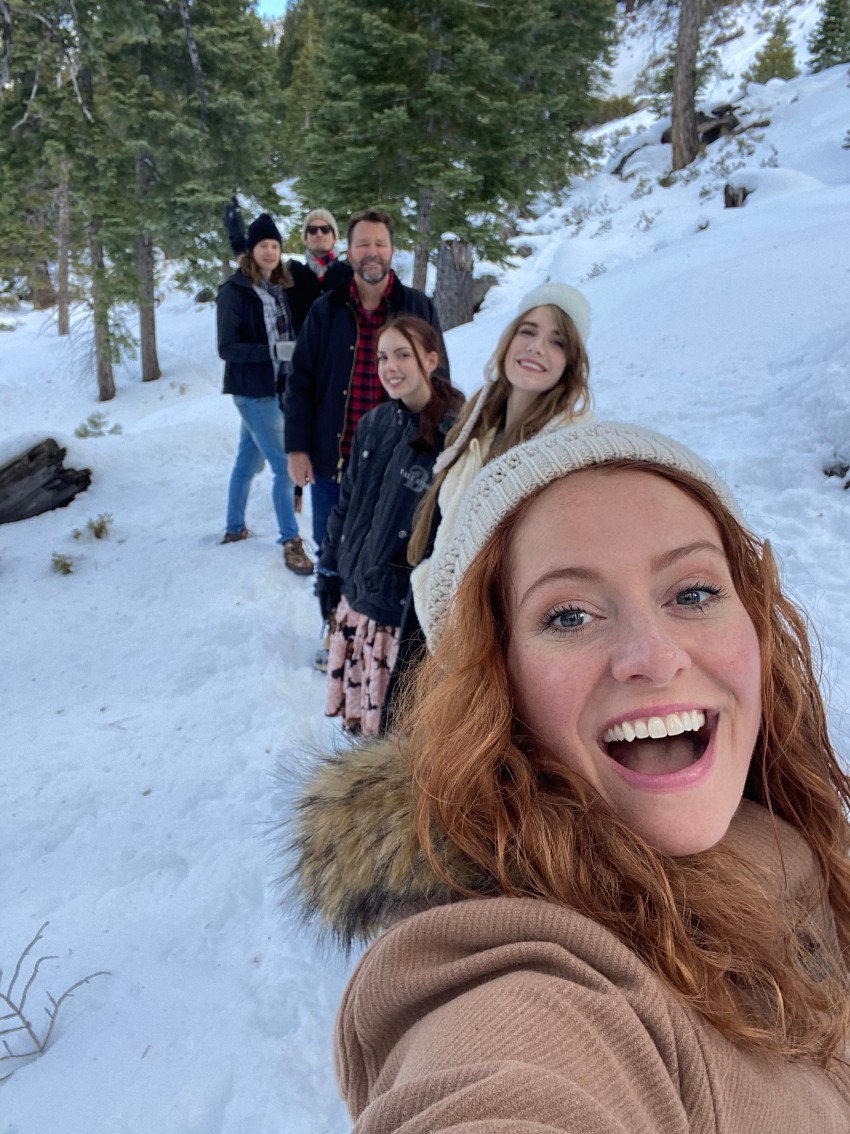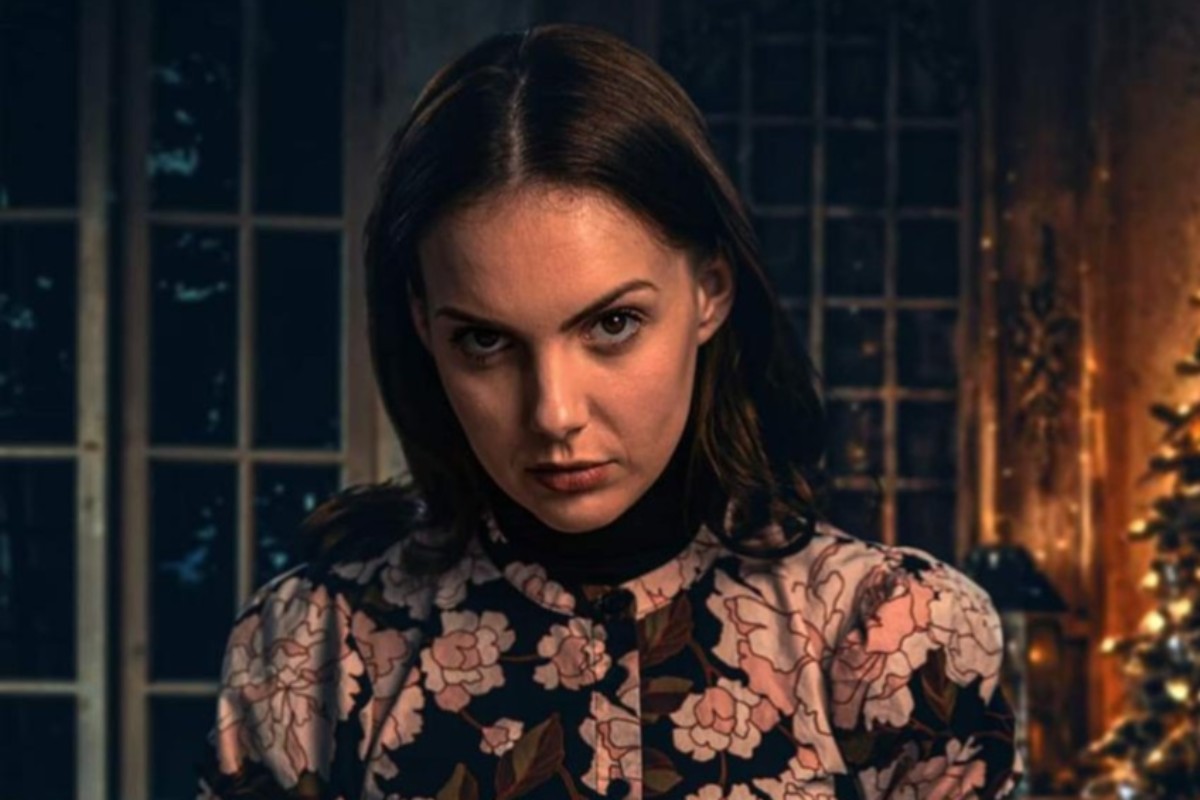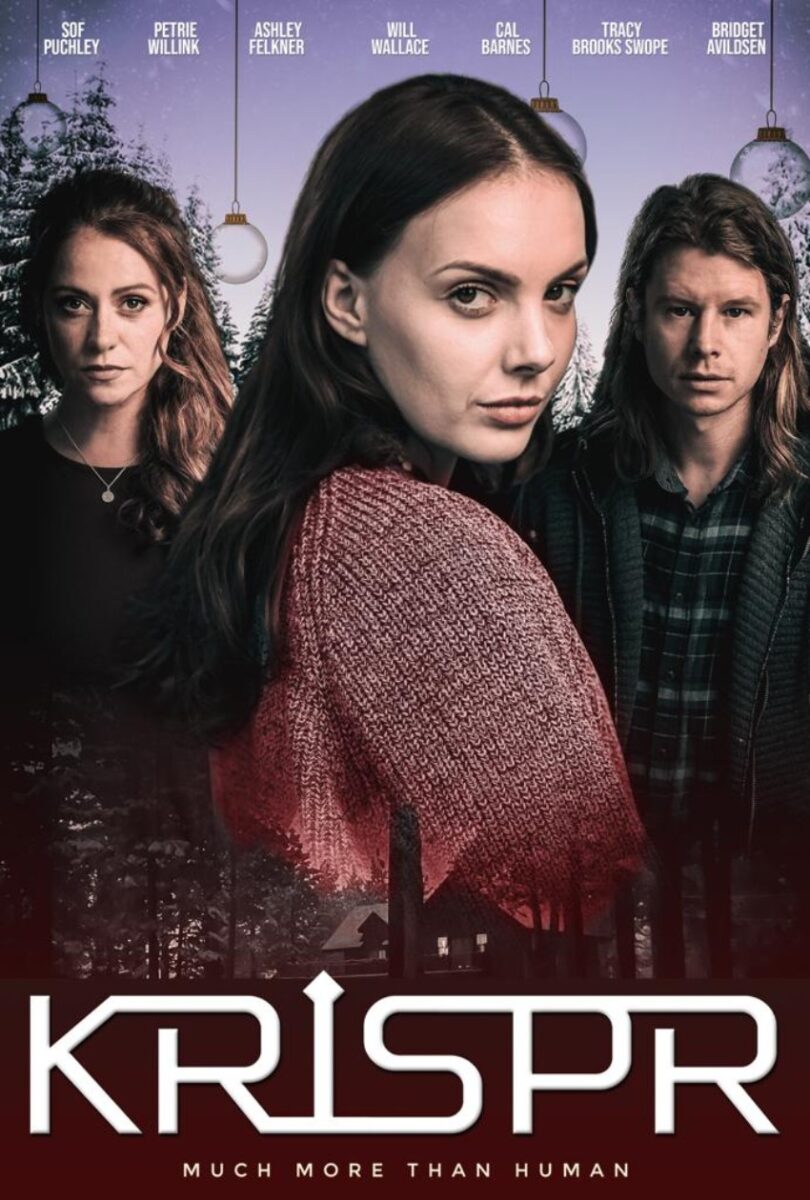
A Case Study
Narrative | Dramatic Features
Film Name: KRISPR
Genre: Sci-fi, Thriller
Date: December 2021
Director: Petrie Willink, with Co-Directing from Jeremiah Roberts
Producer: Roshan Mirpuri, Petrie Willink, Steven Paul Taylor, Walter Tabayoyong
Writer: Petrie Willink
Cinematographer: Jeremiah Roberts
Production Company: Orenda Entertainment
Budget: N/A
Financing: Investors, and private funding
Website: krisprmovie.com
indieactivity: Tell us about who you are?
Petrie Willink (PW): Hi, I am Petrie Willink, I am the writer and director of KRISPR.
Introduce your film?
Petrie Willink (PW): KRISPR is a sci-fi thriller about the first genetically enhanced super clone. In other words, the clone exists in the world which is creatively comparable that of to “Ex-Machina”, “Frankenstein”, and “Splice”.
Why write, produce, direct, shoot, cut/edit the movie? Was it financial, chance, or no-budget reason?
Petrie Willink (PW): I made this film because I love telling stories. Previously, I grew up acting as a child and later I started writing stories for the reason that I can act in these stories. However, I needed an outstanding film, something unique, very metaphoric to showcase my skills as an actor and of course creator, in order to be cast on big-budget films. Therefore, I set myself the challenge of writing a sci-fi screenplay that is both gripping and can be made on a low budget.
Watch the Official Trailer for KIRSPR directed by Petrie Willink
Introduce your crew?
Petrie Willink (PW): I really had an amazing all-around team who donated so much, and made many personal sacrifices for the love of the art of film. I am certainly most grateful to my main producer and partner Roshan Mirpuri. Roshan is, without a doubt, the best movie producer I have ever worked with, to sum it up, I would never go to battle without him.
What are your personal experiences putting on all these hats/responsibilities (simultaneously)? Tell us about story, writing, and production?
Petrie Willink (PW): Wow don’t do it HAHA, that is my experience. No, it was fun but during production, I was stretched way too thin and came out a shadow of my former self. I lost a portion of my body weight and made some gravy mistakes in the process. But we did capture some golden moments, so I know it will have been worth the grueling learning experience.
What is the source of the idea? How did the story develop from the idea? And how did the story evolve into a screenplay? Why do this story? Do you have a writing process?
PW: Back in 2019 when I was in Amsterdam along with Sam Wescott, our executive producer, we were high and watched a documentary on the CRISPR cas9 gene-editing technology. The idea tickled me therefore, I jotted it down on my phone. Then, when I was looking for an idea to develop into a low budget sci-fi, a crispr clone was the perfect concept
Let’s talk pre-production: take us through a timeline of how you started and ended it?
PW: Roshan and myself started development and pre-production remotely in June 2020 (Roshan was in Panama). As a follow-up, we sought funding, then hired crew, and scouted locations. Then in October 2020 I went to Austria and played a lead character in a witch horror film called: FOOTAGE. During my days off from self-tape auditions and zoom meetings, we cast all our actors for Krispr.

What was your rehearsal process and period?
PW: In December 2020 I returned to Los Angeles. In other words, we had some time, which ended up as several days of table readings, and rehearsals. In addition, we also had some fight choreography to rehearse.
You shot the film in days. How long were your days?
PW: We had a couple of 16 or 17 hour days, it was only through my own maniacal, obsessive passion that we were able to keep motivation.
Did the tight shooting schedule make it harder or easier? How did it affect performances?
PW: I cast great actors, and they were all very well prepared as per their individual preparation needs
During the film production, what scene (that made the cut) was the hardest to shoot? And why?
PW: Well shooting the climax sequence was the longest day, because we shot 16 scenes all in one day working for at least 17 hours. After that, I was completely frazzled.
What worked better in this latest production that mightn’t have worked so well in the last one you did?
PW: The story in Krispr is stronger than probably anything I’ve done before.
What were the advantages and disadvantages of the way you worked?
PW: The advantage is that it’s cheap to wear many hats and take on many departments. However, the disadvantages were sort of too much for me during production. For instance, it’s not ideal for me to be directing actors when I’m also in the same scene as one of the actors.

What was the experience like of working with a small shooting crew?
PW: During the production of KRISPR the crew put in a great effort because they all stepped up and went above and beyond for the love of the work.
When did you form your production company – and what was the original motivation for its formation?
PW: Orenda Entertainment is our producer, that is Steven Paul Taylor’s production company.
What about independent filmmaking and the business do you still struggle with?
PW: I think my struggle with independent filmmaking is finding steady work.
Where do you think your strengths lie as a filmmaker?
PW: Acting and writing.
Let’s talk about finance, How did you finance the film?
PW: The film was financed through investor connections. In addition, it was also self-financed by me (Petrie Willink) and Roshan Mirpuri.
How much did you go over budget? How did you manage it?
PW: We had to raise finishing funds during post-production which turned out to be just about 30%.

How important is marketing? Talk about the festival tour? Do you think a project can make a dent without it nowadays?
PW: If we had finished on my original post-production schedule, we weren’t planning on festivals but would have used our connections at various studios and streamers to negotiate a distribution deal in time for Christmas. Now I feel it’s likely that we will do a festival circuit.
Tell us about marketing activities or efforts on this project – and how it worked or didn’t work?
PW: The marketing revolved around the cast and crew, who through their network on social media drove the online marketing efforts, as a result, our trailer hit over 70 thousand views.
What do you hope audiences will get from the presentation of your film?
PW: Entertainment, enjoyment.
What else have you got in the works?
PW: I have written several projects that I’m very passionate about.
Firstly, MAN IN THE MIRROR is a Michael Jackson musical feature that uses the hit songs of ‘The King Of Pop’ to tell a fictional story of romance and racial injustice.
Secondly, THE LEGEND OF SAINT GEORGE is a seven-part mini-series. A medieval tale of dragons and sorcery, where the overall message describes the relative nature of love versus fear. It concludes with a grand, cathartic climax, as King George unites; England, Scotland, and Wales, and triumphs over the Lord Of Death.
Thirdly, THE MATRIARCH SOCIETY is a satirical drama inspired by our current social and political climate. When the president is wrongfully exonerated for raping an underage girl, the result it sparks a worldwide female revolution. As a result, Rosamond Claye is the ex-military mother of the victim, and when justice is denied, she divides the land and creates the Independent Female Republic of Utton Fairea.
Lastly, and most importantly, DISNEYLAND INK Benny and Sofia Rodriguez stumble upon the Disneyland Express, which takes them out of this world.
Tell us what you think of the Case Study for KRISPR. What do you think of it? Let’s have your comments below and/or on Facebook or Instagram! Or join me on Twitter.
Follow Petrie Willink on Social Media
Website
IMDb
Facebook
LinkedIn
YouTube
MORE STORIES FOR YOU









